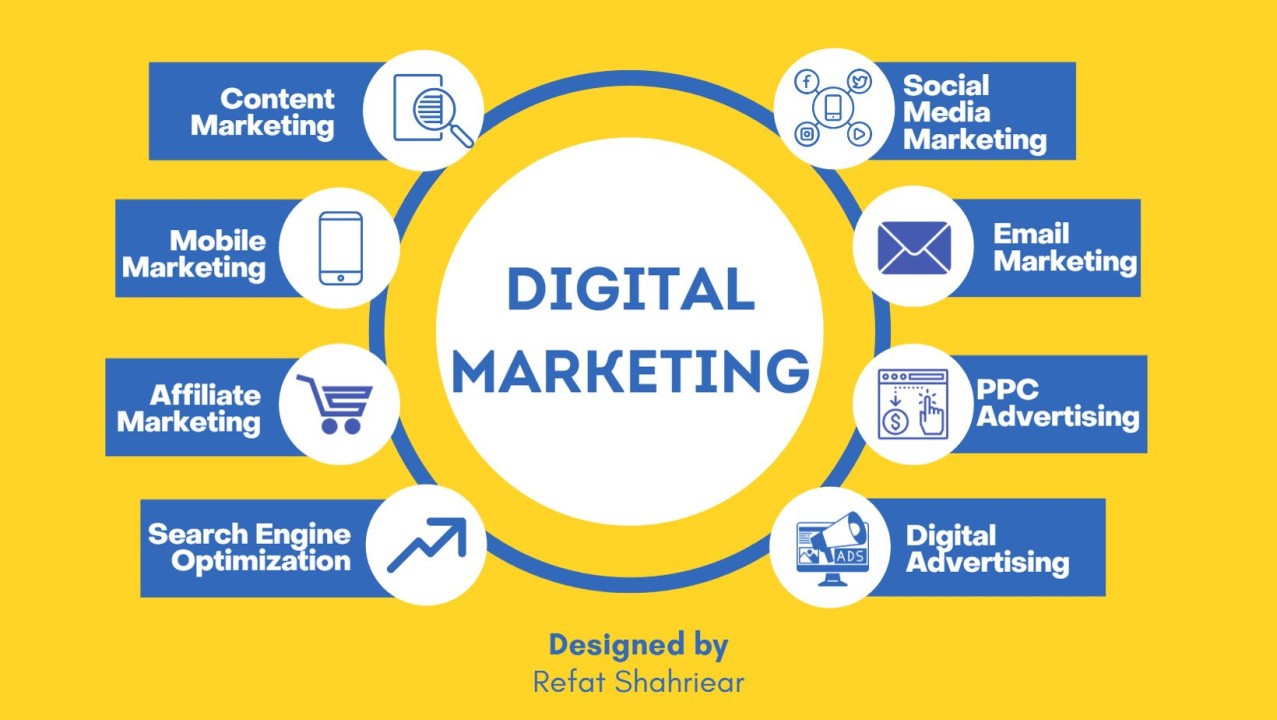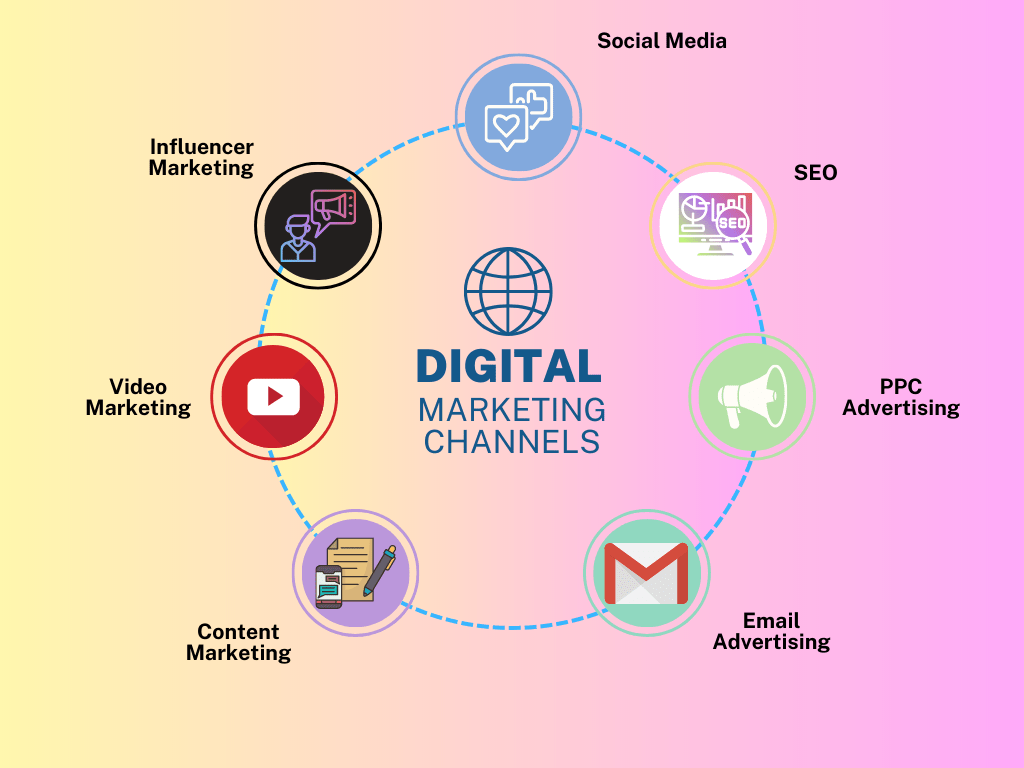Boost Your Brand with The Ad Firm Web Design: Where Innovation Satisfies Capability
Enhance User Experience and Drive Web Traffic With Receptive Website Design
In today's electronic landscape, where customers are accessing websites from a wide range of devices, receptive web design has actually come to be a lot more vital than ever before. With its ability to adjust and flawlessly adjust to different screen dimensions, responsive layout not only enhances customer experience however likewise drives traffic to your internet site.
Why Responsive Website Design Issues
Responsive website design is a necessary element of modern internet advancement due to its capability to ensure ideal individual experience throughout different tools and screen dimensions. With the proliferation of smartphones, tablet computers, and other mobile gadgets, it has come to be important for websites to adjust and give smooth capability no matter of the tool being used.
The key reason responsive web layout matters is that it enables users to have a delightful and constant searching experience, no matter the device they are utilizing. A receptive website instantly readjusts its design, layout, and material elements to fit the display size and resolution of the device, making certain that users can quickly browse and communicate with the website without any trouble or stress.
Moreover, receptive web design also plays a considerable function in search engine optimization (SEARCH ENGINE OPTIMIZATION) Search engines, such as Google, prioritize sites that are receptive and mobile-friendly in their search outcomes. By integrating receptive layout principles, web sites can enhance their exposure and position, leading to increased natural website traffic and possible clients.

Boosting User Interaction Through Responsive Layout
Enhancing customer engagement is a crucial objective of responsive style, as it makes sure that individuals can conveniently access and engage with internet site content on any type of gadget. With the raising use of smart devices and tablets, it is crucial for sites to adjust to various display sizes and resolutions. Responsive style makes it possible for sites to immediately readjust their format and web content to provide a seamless user experience across gadgets.
One of the primary methods receptive style boosts customer interaction is by lowering load times. With a receptive internet site, customers do not need to await different mobile variations to lots, resulting in much faster accessibility to web content. This improved rate causes greater individual fulfillment and urges them to invest more time on the site.
Additionally, receptive layout boosts customer interaction by enhancing navigation and interface (Web Design). When a site is developed responsively, menus and switches are maximized for touch communications, making it easier for customers to interact and browse with the website on their mobile tools. This user-friendly and intuitive experience maintains individuals engaged and urges them to explore even more of the internet site
In addition, responsive layout enables for much better content presence and readability. By adapting the format and font dimensions to different devices, receptive web sites ensure that individuals can easily review and comprehend the content. This enhances customer interaction by reducing the need for scrolling or zooming to check out the message.
Increasing Website Website Traffic With Responsive Web Layout
With the growing popularity of smart phones, having a web site that is receptive to various screen sizes and resolutions is vital for driving boosted website traffic. In today's electronic landscape, customers are accessing web sites from a selection of tools such as smartphones, tablets, and desktop. Each of these gadgets has various screen sizes and resolutions, and if your web site is not created to adjust to these variants, it can bring about a poor user experience and a loss of potential traffic.
Responsive web design ensures that your web site looks and operates efficiently across all gadgets. By utilizing versatile grids, fluid pictures, and media inquiries, responsive style enables your site to automatically adjust its material, layout, and navigation to fit any type of display dimension. This means that individuals will have a seamless surfing experience despite whether they are using a big desktop or a tiny mobile phone computer.
Trick Components of Reliable Receptive Design
Reliable responsive style includes several crucial elements that make sure a smooth individual experience throughout different devices. This permits content to be shown in a legible and visually attractive way on any kind of device.
One more crucial element is media inquiries. These enable developers to use different styles and designs based upon the qualities of the customer's tool, such as screen size and positioning. By utilizing media questions, designers can enhance the presentation of material for each and every tool, guaranteeing that it is understandable and quickly available.
Responsive pictures are likewise crucial in efficient responsive style. Pictures that are as well big can reduce page tons times on smart phones, while pictures that are as well tiny might appear pixelated on larger displays. By utilizing techniques such as responsive image resizing and lazy loading, developers can ensure that images are appropriately sized and enhanced for each and every tool.
Last but not least, reliable receptive layout entails a mobile-first strategy. This indicates making and focusing on web content for mobile phones first, and afterwards look at this now enhancing the design and increasing for bigger screens. This approach makes certain that one of the most essential content is quickly available on smaller displays, while still offering an abundant experience on larger devices.
Ideal Practices for Applying Responsive Website Design
Executing responsive web design calls for cautious consideration of numerous finest techniques to make certain an optimal customer experience across various gadgets. Here are some crucial best techniques Extra resources to adhere to when carrying out responsive internet design.
Firstly, it is essential to focus on mobile individuals. With the enhancing prominence of smart phones, creating for mobile-first has come to be important. Begin deliberately for smaller sized displays and afterwards gradually boost the layout for larger displays.

An additional essential best method is to maximize photos for different display resolutions. Big images can reduce the loading time of your internet site, particularly on mobile phones with slower links. Usage receptive images that can be resized based upon the device's display resolution to improve efficiency.
Additionally, examination your web site on different gadgets and display sizes to ensure a smooth and constant experience. There are various screening devices offered that can aid you determine any problems and make necessary changes.
Lastly, focus on use and availability. Make certain that your site is very easy to navigate, with concise and clear material. Make certain that your site is obtainable to people with specials needs and follows accessibility standards.
Final Thought
In conclusion, receptive internet design plays an important function in improving customer experience and driving traffic to web sites. By adopting responsive style principles, internet sites can guarantee optimum seeing experiences across various tools, leading to enhanced user involvement.
Enhancing user engagement is a key goal of responsive style, as it makes certain that individuals can conveniently accessibility and engage with moved here internet site content on any device. Responsive style makes it possible for internet sites to automatically readjust their layout and material to give a seamless user experience across devices.
In addition, responsive style improves customer involvement by enhancing navigating and customer interface.Receptive images are likewise critical in effective receptive style. By adopting responsive design concepts, web sites can make sure ideal seeing experiences throughout different tools, leading to raised user engagement.